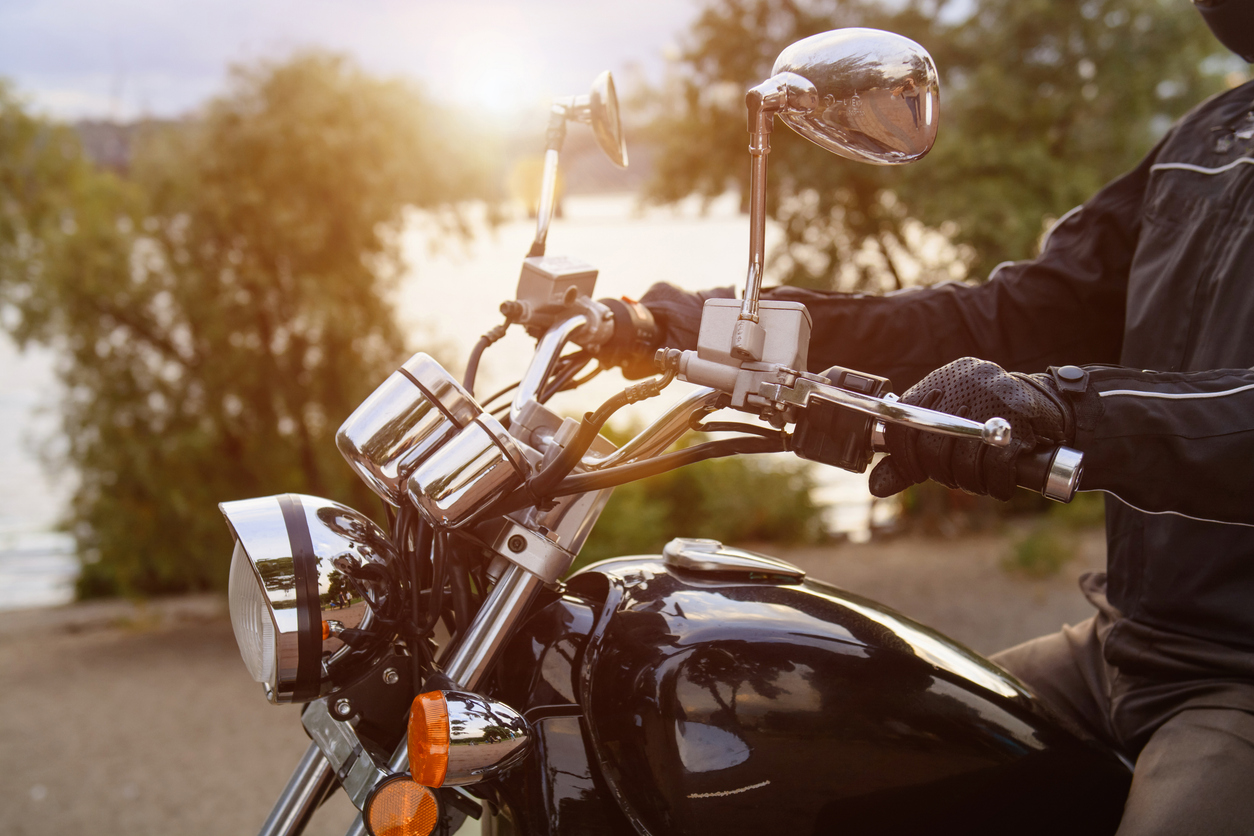How to winterize your motorcycle: 7 step guide to safe storage
Published October 21, 2024 by Angela Talbot
-
Categories:
- Auto & Vehicle

Every great riding season must come to an end in New England. As the cold weather approaches, it’s time to prepare your motorcycle for hibernation. Proper winter storage can help protect your bike from damage and ensure it’s ready to hit the road again when spring arrives. Take these important steps to properly winterize your motorcycle, because maintaining is cheaper than repairing.
1. Clean thoroughly
Wash your motorcycle with a mild soap and warm water, dry, and give it a good wax before stowing it away. This will help prevent rust or corrosion and make it look extra shiny when you take it out again next spring. Treat any leather on your bike. First give it a gentle cleaning with warm water and a soft cloth to remove dirt. Then condition it with a leather care product to protect it from cracking in the cold. Lubricate all moving parts on your motorcycle including the chain, cables, and locks.
2. Change fluids
Change the engine oil and filter to prevent sludge buildup. Old oil can become acidic and corrode your tank. Check the brake fluid level and replace it if necessary. Ensure the coolant level is full and that it’s the correct type for your motorcycle.
As far as your gas tank is concerned, there are multiple ways to approach it. Fill it or leave it completely empty. Revzilla says both methods have their shortcomings. The petcock is stressed more by full tanks, and empty tanks can result in dried-out seals. Choose whichever method you feel more comfortable with. But if you do choose to fill it, you can hop right on and start riding when the weather is right again.
Another thing you should do if you choose to fill your gas tank is add some fuel stabilizer. You’ll want to run your engine for a bit to get the stabilizer to mix in and distribute properly throughout the fuel. What this does is prevent ethanol phase separation and rusty tanks.
3. Protect the tires
Inflate the tires to the recommended pressure for storing in cold temperatures. The weight of the motorcycle could cause flat spots on tires if not properly inflated. If you can’t elevate your bike on a stand, try putting it on a piece of plywood or old carpet. Also try rolling the bike around occasionally to rotate the tires while it’s in storage. Alternatively, you could remove the tires entirely and lay them on their side. It’s recommended to avoid standing the bike on concrete which could cause moisture to build up under the tires.
4. Disconnect the battery
A sitting battery can lose its charge, especially in colder temperatures. To combat that, disconnect the battery and store in a warm, dry place until the spring. If you don’t like the idea of having to reconnect your battery when you take your motorcycle out again, JD Power suggests using a battery tender to monitor the charge and keep the battery topped off.
5. Cover your bike
Covering your motorcycle is extremely important for many reasons. It can help to keep moisture away, keep the sun off, and keep critters out. Mice love to hide in warm spaces and the exhaust pipes and filters are a perfect spot for them. But a cover won’t be enough to keep them away, so make sure to plug those openings and protect your wires (they like to chew those).
6. Store in a dry, warm, and safe place
Storing in a dry and warm space is also extremely important. Moisture can do a number of bad things to your motorcycle including rust and corrosion, damage to electrical systems and batteries, fuel breakdown, mold, and damage to your leather seats. Cold can affect tires and batteries as we mentioned above.
Even those with garages may not be lucky enough to have a heated garage. If you don’t have a proper dry and warm storage space of your own, find a storage unit or a facility built specifically for motorcycle storage. Places like MOMS in Foxborough, MA offer options with temperature controlled spots, battery charging, off-season maintenance, and even motorcycle inspections. It can be relatively inexpensive to rent a storage space especially if you split the cost with friends who need to store their bikes too.
7. Consider additional precautions
Secure your motorcycle with a lock or alarm to prevent theft, which is especially important if you store it anywhere other than your own home. Review your insurance policy to make sure you have adequate coverages. Even though you won’t be riding, your motorcycle insurance will protect you from theft, vandalism, or other damage that could happen in storage.
Get a quote from Webfirst Insurance
Disclaimer: Webster First was not paid to endorse or evaluate the companies or services mentioned in this post. These links are being provided as a convenience and for informational purposes only; they do not constitute an endorsement or an approval by Webster First Federal Credit Union of any of the products, services or opinions of the corporation or organization or individual. Webster First Federal Credit Union bears no responsibility for the accuracy, legality or content of the external site or for that of subsequent links. Contact the external site for answers to questions regarding its content.